Located in the heart of the Caribbean, Cuba is a mysterious island paradise in the bucketlist of many. It offers a large variety of unique and engaging photo experiences that are unlike in any other country. From the classic cars of Havana to capturing the mountainous tobacco region of Vinales to walking the cobblestone streets of the Trinidad (one of many world UNESCO sites)…Cuba is truly a photographer’s paradise no wonder it is currently one of the most popular countries for travel photographers worldwide.
While the local landscapes are beautiful, it is the Cuban people that make the country so unique. So whilst the places are mesmerising on their own, we encourage you to take the opportunities to talk with and engage with Cubans (when you travel with us, we help translate of course).
When you make your trek here, create a trip of a lifetime! Really go an discover! There is so much to see! The 15 images I share with you today are only form four main cities: Havana, Vinales, Trinidad and Santa Clara – and their surrounds. Yet there is more – may just need to make a second trip!
And why do we focus on these? Havana offers incredible opportunities to photograph classic cars, city skylines, the mix of old and new and the amazing people that call it home. In contrast, 3 hours down the road you will find Vinales that takes us into a mountainous region of Cuba bringing unique land formations and artisian tobacco fields providing an insight into farm life. Whilst the picturesque city of Trinidad dishes up colorful colonial buildings, cobblestone streets and plenty of natural wonders, and Santa Clara is the hub of the Cuban revolution.
All different, yet all making up a part of Cuba’s colorful history and culture. So let’s look at them closer.

Old Havana Vieja (Old Havana)
The birthplace of Havana, It was founded in 1519 in the natural harbor of Havana. In the 17th century, it was one of the main shipbuilding centers, albeit not in the best position to defend the city. A World Heritage site since 1982. See the glorious grandeur of this dynamic area, one of the Caribbean’s most impressive historical cities. Wonder through the narrow streets and spacious plazas, admiring the Spanish architecture as you discover the birthplace of Havana.
It is great to see the effort that has gone into preserving this part of Havana!
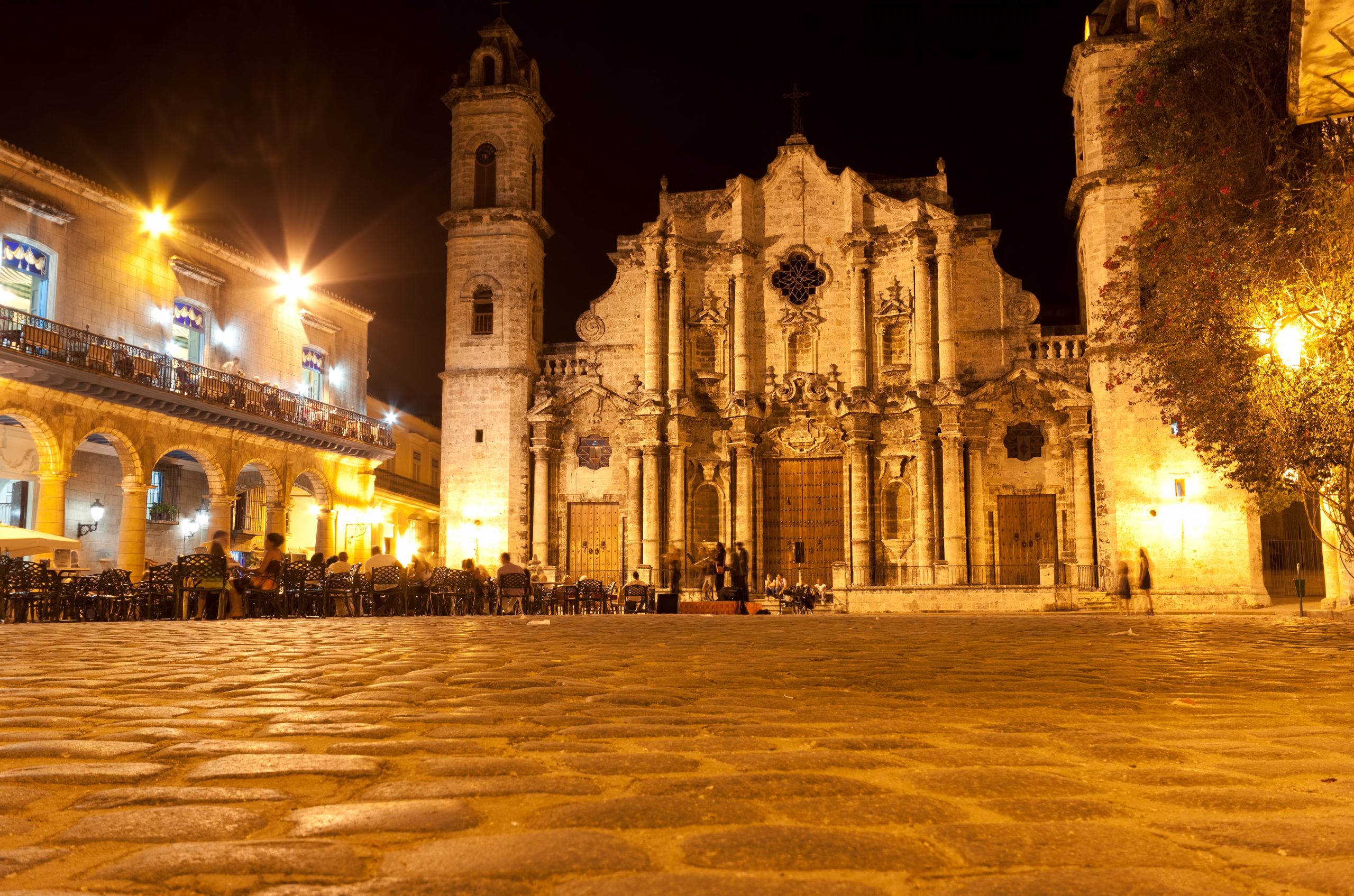
Plaza Vieja (Old Havana)
When you visit Havana, and Old Havana walking tour is a must!
One of the places worth to mention is Plaza Vieja. A beautiful place located within Old Havana, with colorful buildings and amazing artifacts. The plaza was originally called Plaza Nueva (New Square), at one stage it was a market place. Over time it was a place for bullfights, executions, prosecutions, you name it. Lucky for us today it is the place for celebration.Other places within Old Havana you will see are Plaza de Armas, Plaza San Francisco de Asis and Plaza de la Catedral.
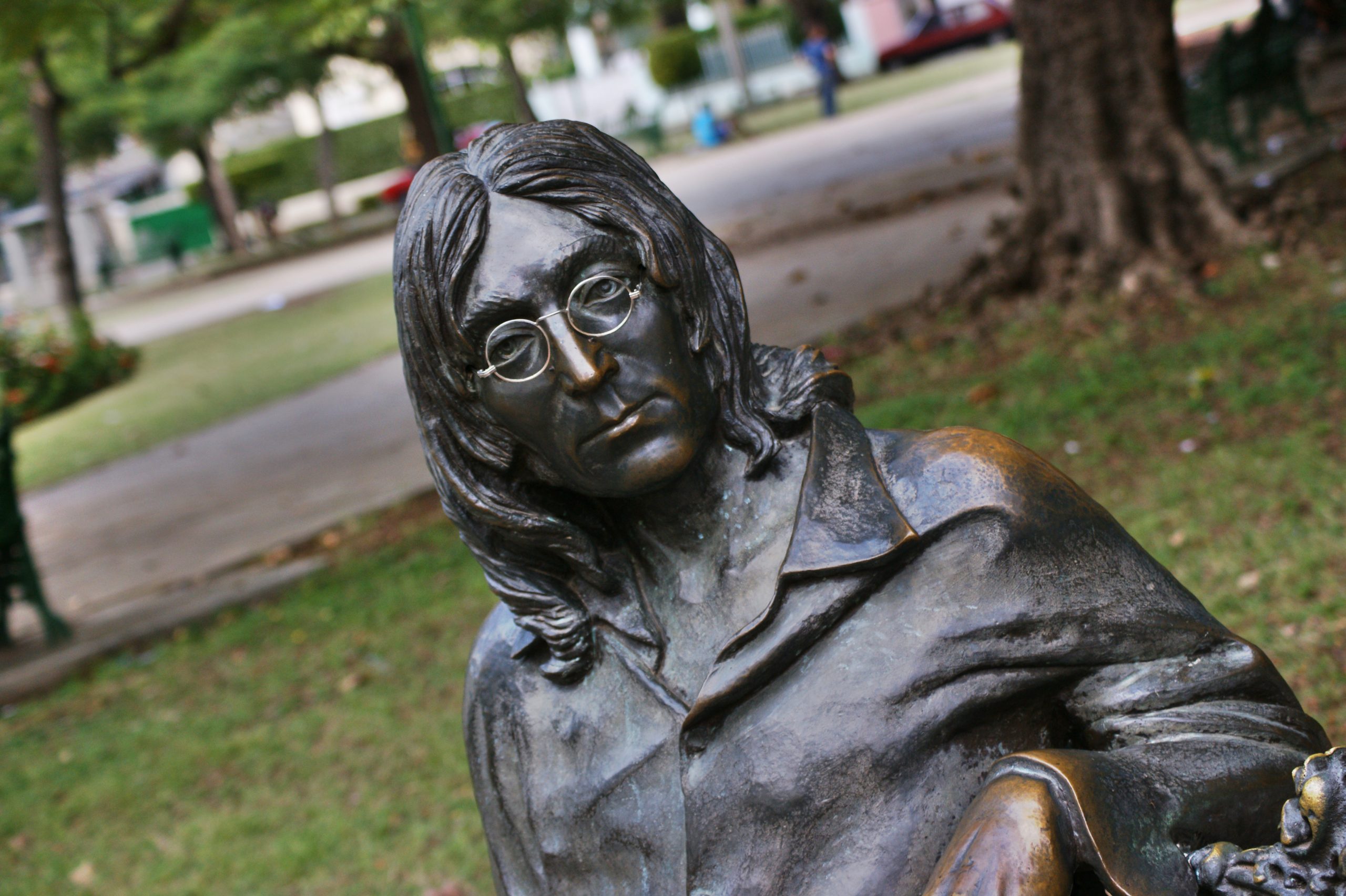
Lennon Park (Havana)
Funny story! The music of the Beatles were banned in Cuba for some time. Yet today you will find an amazing bronze statue of Beatles member John Lennon, sculpted by Cuban artist José Villa Soberón, seated on the bench in the park nearer the corner of streets 17th and 6th.
On a marble tile at the foot of the bench there is an inscription reading: “Dirás que soy un soñador pero no soy el único” John Lennon, which is a Spanish translation of the English lyrics, “You may say I’m a dreamer, but I’m not the only one,” from the song “Imagine”. It is said that at the unveiling, Fidel Castro identified himself as a dreamer like Lennon.
The sculpture of Lennon is currently not wearing his signature round-lens glasses, which have been stolen, or vandalized, several times. However, during the day, a security guard can be found sitting next to the bench, and he will place glasses on the statue if there is a request.
The statue was unveiled on 8 December 2000, the 20th anniversary of Lennon’s murder.
Sit next to him and grab a photo, in this amazing park setting!
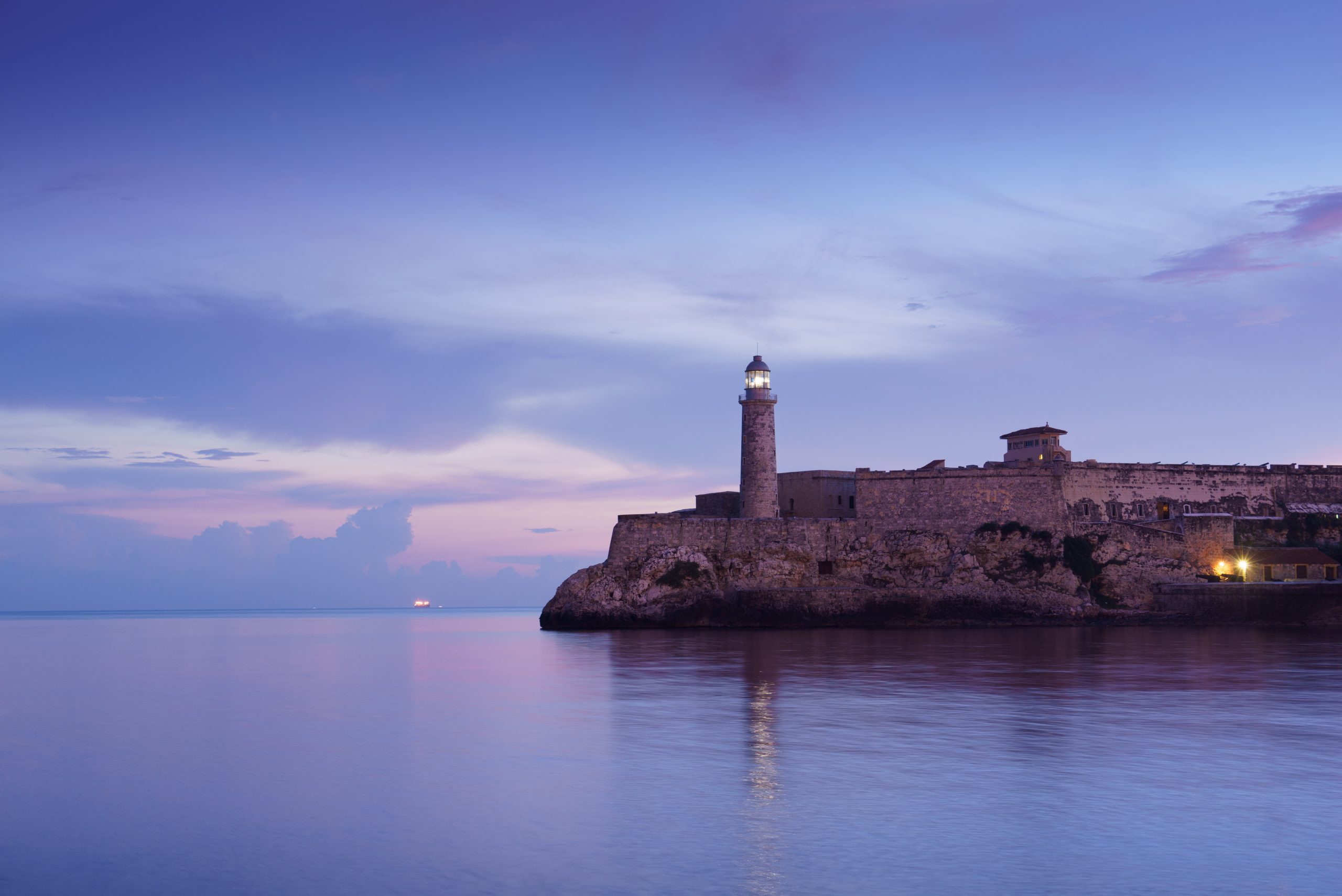
The Morro Castle (Havana)
The Morro was constructed in 1589, on the promontory on the opposite side of the harbor from Old Havana, to guard the entrance to Havana against pirates and other colonists eager to gain control of this strategic transit hub between Europe and the rest of the Americas. The castle’s unusual shape hugs the rocky cliffs of the bay, with thick, imposing walls, a moat, and a stoic lighthouse that can be seen from the city.
The fortress is part of the Old Havana World Heritage Site, inscribed in 1982 for its historical importance in the European conquest of the New World and its unique mix of architecture.
It provides the perfect photo opportunity.
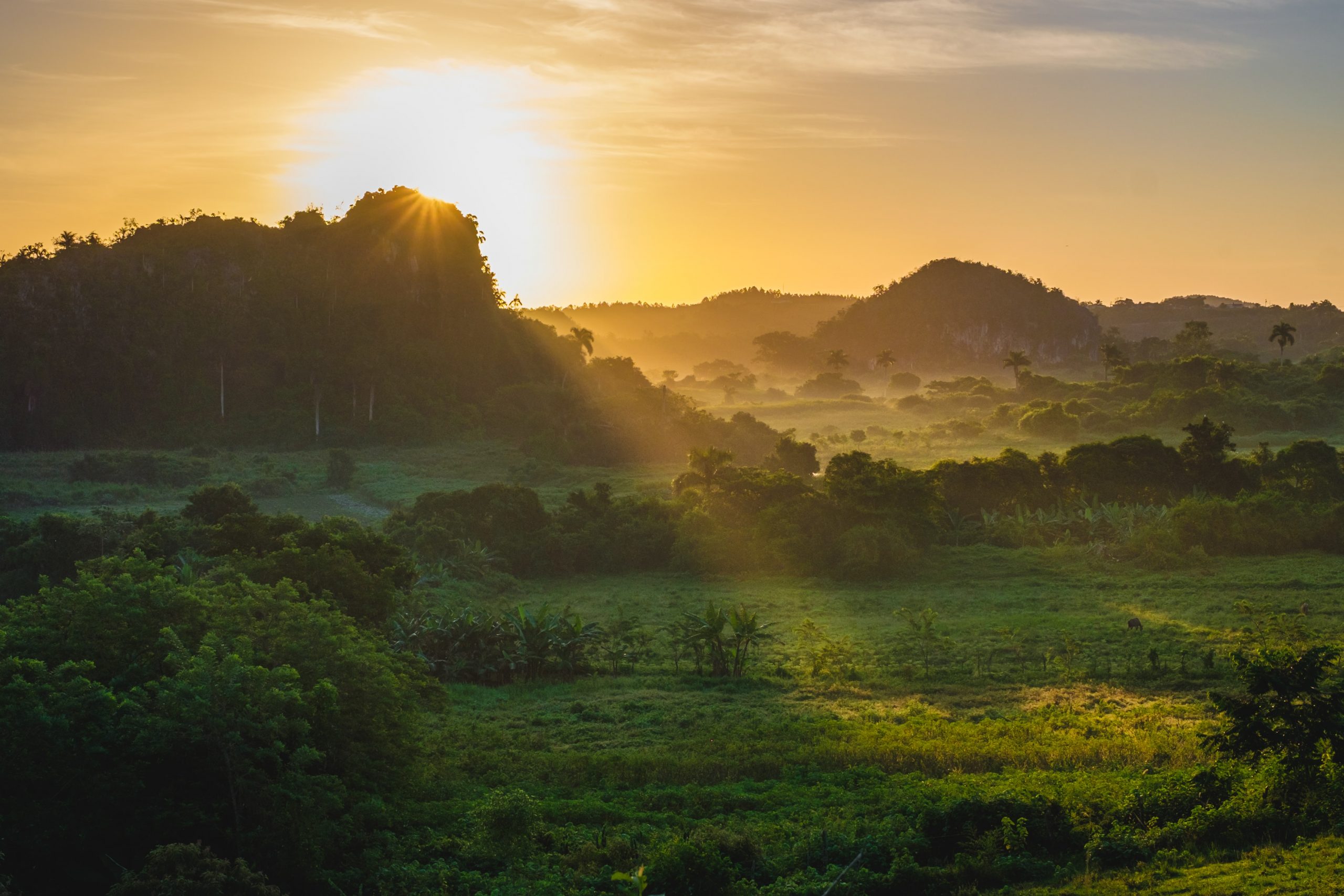
Viñales Valley (Viñales)
Viñales, is a national park, an agricultural region in the west of Cuba and is the home of the Cuban cigar. This magnificent natural rural setting is far from Havana’s hustle and bustle. With traditional agricultural fields of mainly tobacco, mesmerising mogotes and plenty of bush tracks it is a perfect place for a Cuban adventure. It is hard to put in words the beauty of this place, with the natural flora and fauna being characterised by many local endemic species.
You will find Viñales wedged spectacularly into the Sierra de los Organos mountain range. It was recognised as a national monument in 1979 and made a UNESCO World Heritage site in 1999.

The Vinales Valley Walk (Viñales)
Discover the life of Cuba’s farmers, get to watch the Oxen plowing the soil, hear about the processing of tobacco from tiny seed to being turned into a cigar. May be even have a go at rolling a cigar yourself. Have a chat with the farmers, about life, family, the best roast pork recipe. Taste coffee grown on the farm, ground and roasted just before making a brew. Wonder through the farms, be greeted with a great big smile by whoever walks past – if you want you can stop for a chat.
Capture some fantastic portraits, the traditional wooden houses with exterior porches and visit the valley itself to shoot the landscapes and as well as people in action harvesting tobacco, tending to their animals, and the land.

Las Terazzas
Las Terrazas is a small, completely ecological natural environment, and eco-community that offers you a unique environment in connecting with nature. Located just outside of Havana, this place is part of the Sierra del Rosario, cataloged by UNESCO as a Biosphere Reserve in 1985.
The Las Terrazas project started at the end of the sixties with the purpose of recovering an area that had been destroyed by the intensive cultivation of coffee in the 19th century, so much so that, in an area of 5000 hectares, millions of trees were planted, terraces were dug for cultivation and a small town was built following guidelines that respect nature.
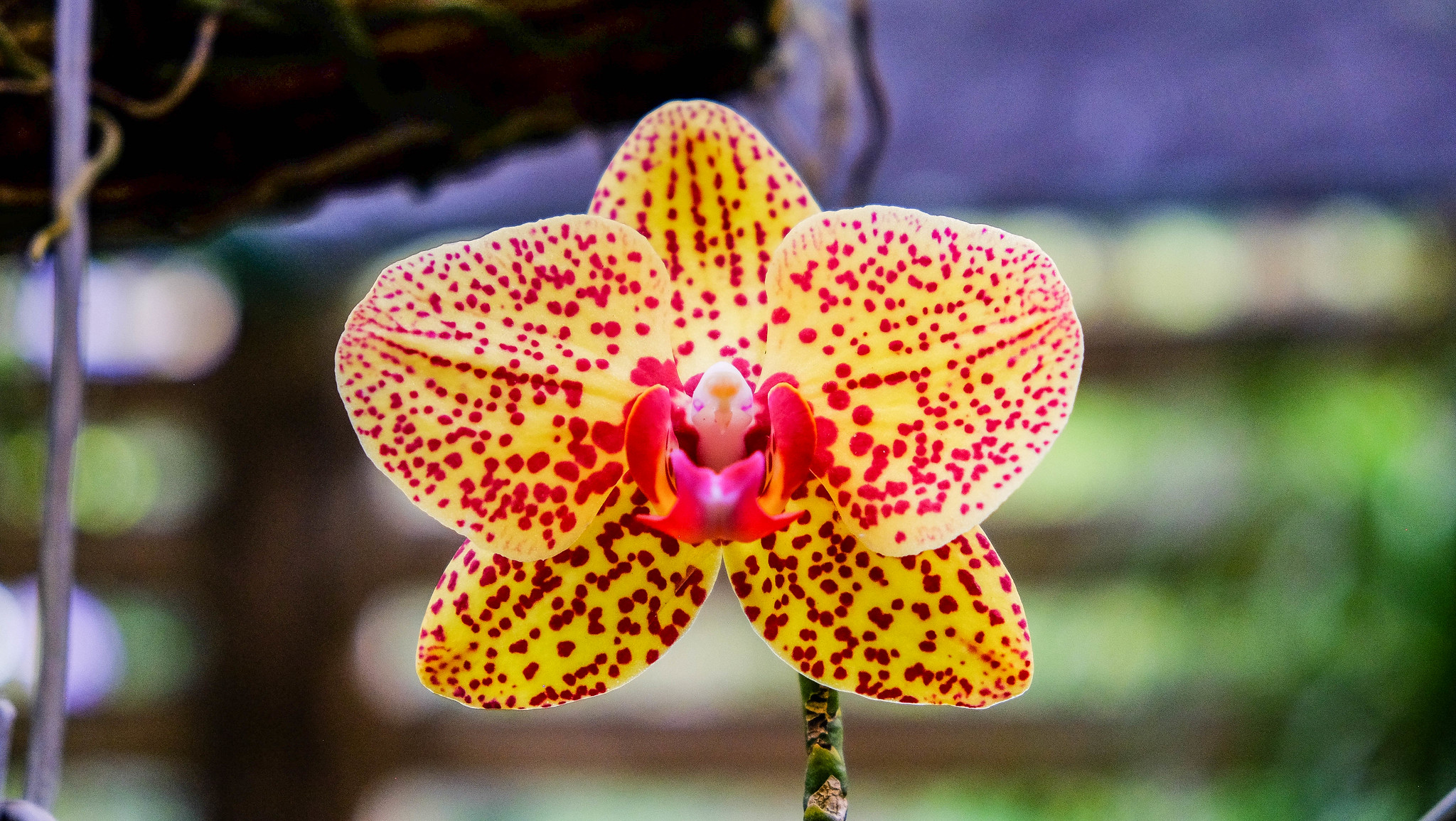
Soroa
Further west from Las Terrazzas is this tiny little village is hidden in the mountains of Sierra del Rosario. With the sun glistening off of the beautiful flowing waters of the area, you will be amazed to see the rainbow rays shining off of the surface – thus awarding the region with the affectionate nickname ‘The Rainbow of Cuba’. It is a gorgeous natural area and tiny settlement named after Antonio and Lorenzo Soroa, Spanish brothers from Guipuzcoa, who owned a 19th-century coffee plantation in these hills.
It is the perfect place to enjoy nature at its best!
Amazing spots to climb above the clouds, enjoy the birds chirping or may be even spot an endemic or two, visit the orchid garden and discover hundreds of colorful beauties or wonder down to the the waterfall. It is definitely the place to recharge the soul.

Trinidad
The place where the time has stopped in 1850’s and not yet re-started.
A perfectly preserved Spanish colonial settlement, most people recognize this city for its beautiful but crumbling yellow bell tower that graces the cityscape. But there is truly much more hidden in the streets of Trinidad. Declared a World Heritage Site by Unesco in 1988, Cuba’s oldest and most enchanting ‘outdoor museum’ attracts busloads of visitors. Yet the cobblestone streets, horsing carts, well-kept colonial atmosphere with ornate buildings and garden terraces give this gorgeous city a romantic, old charm that is hard to beat.
And for a place so photogenic, offering plenty to capture, you do not find too many awesome photos of it. So I dare you to come and visit, and capture this place through your lens, so its true beauty can be shared!
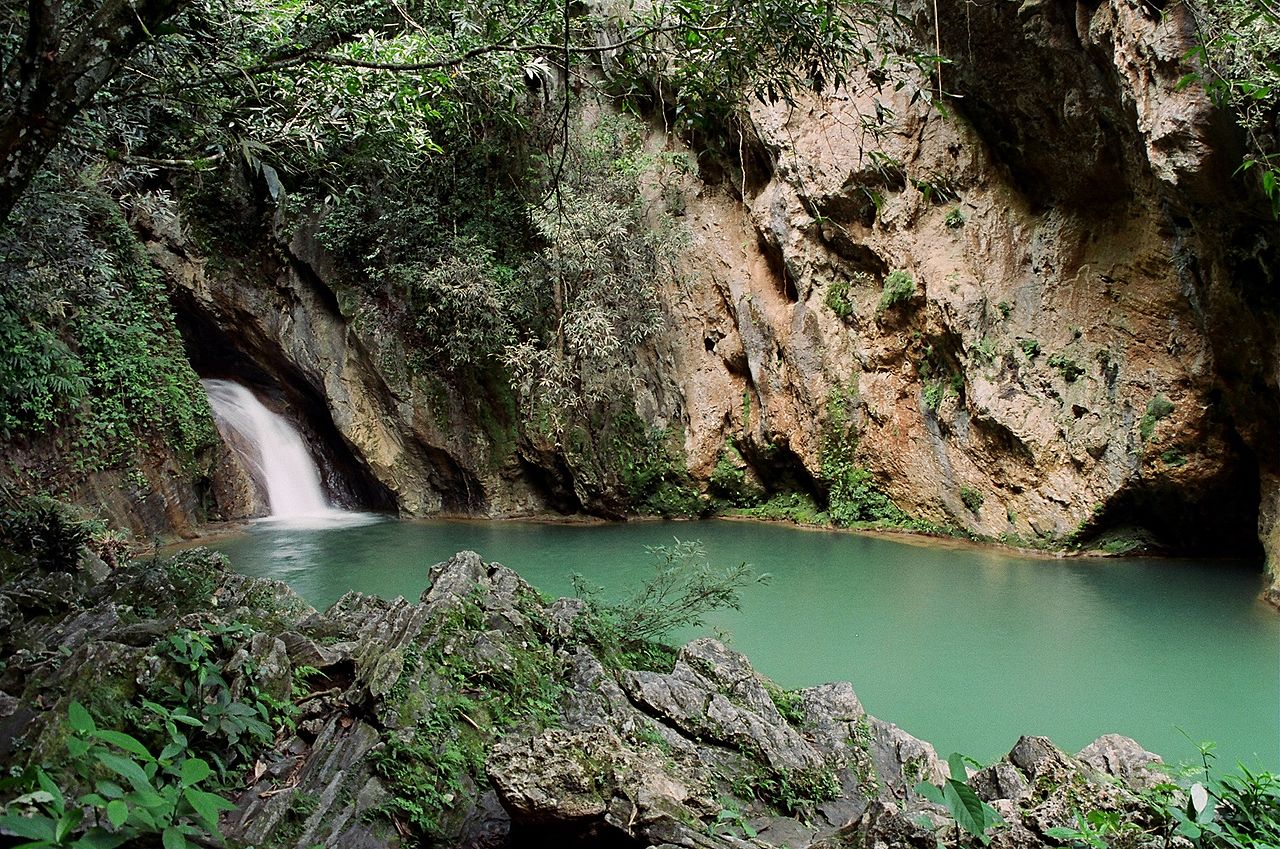
Topes de Collantes (Trinidad)
is a nature reserve park in the Escambray Mountains range in Cuba. Nature is the big attraction here. Caves, rivers, falls, grottos, canyons, natural pools with crystal clear water, mountain hills surrounded by mariposa (butterfly lily, Hedychium coronarium) Cuba’s national flower announcing their presence with a soft unique flagrance from June to early September.
Among others, there are a couple of amazing waterfalls.
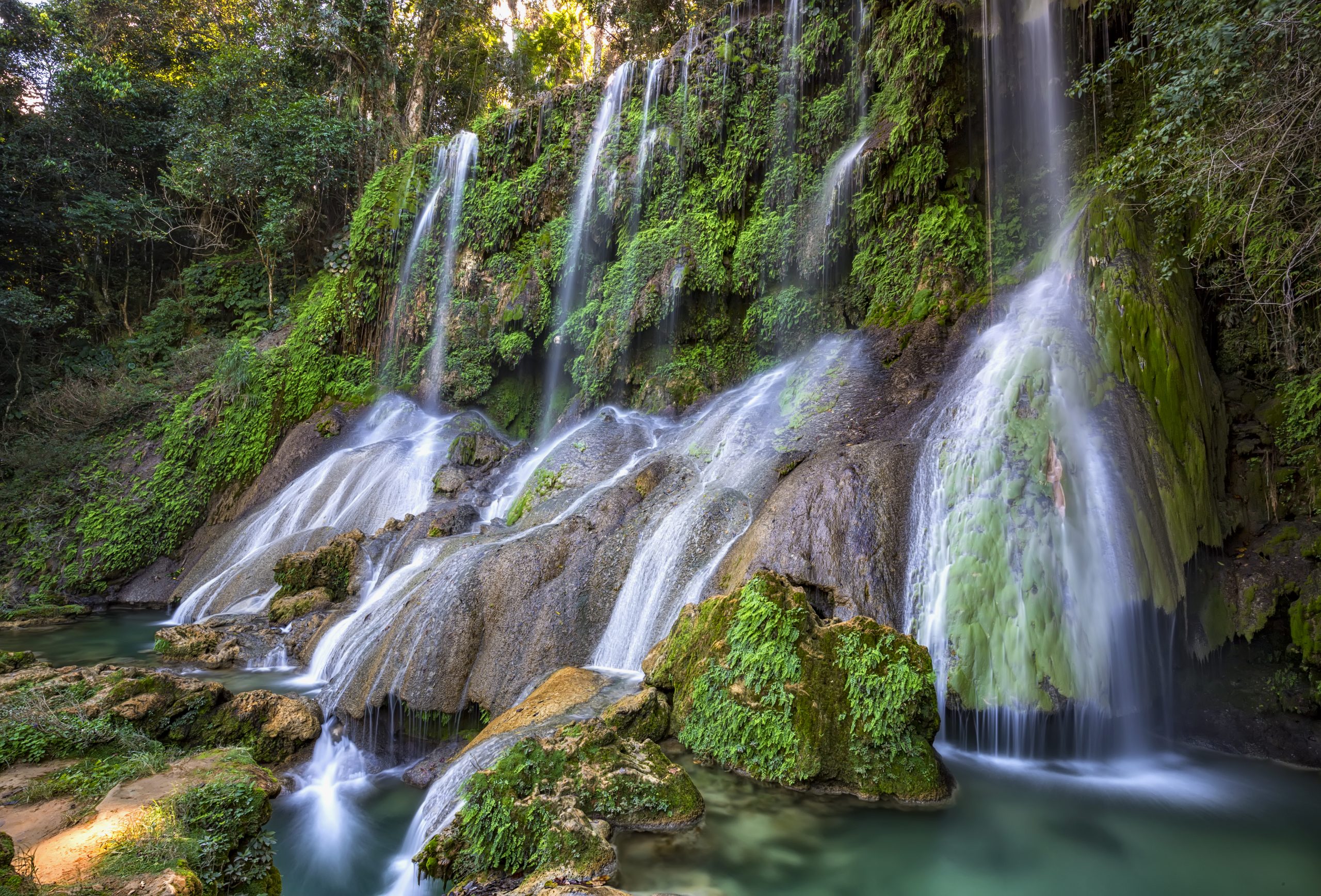
Parque El Nicho
El Nicho is a beautiful series of waterfalls and clear blue pools. The drive from Cienfuegos is one to two hours each way. The road is good to Crucecitas, and after that it’s OK if you drive slowly. There’s a bus from Cienfuegos. El Nicho can be popular, especially in the summer. Don’t expect solitude. The entrance fee is 5 CUC. You can hike along the creek above the waterfalls. Horseback riding is also offered. A restaurant serves meals.
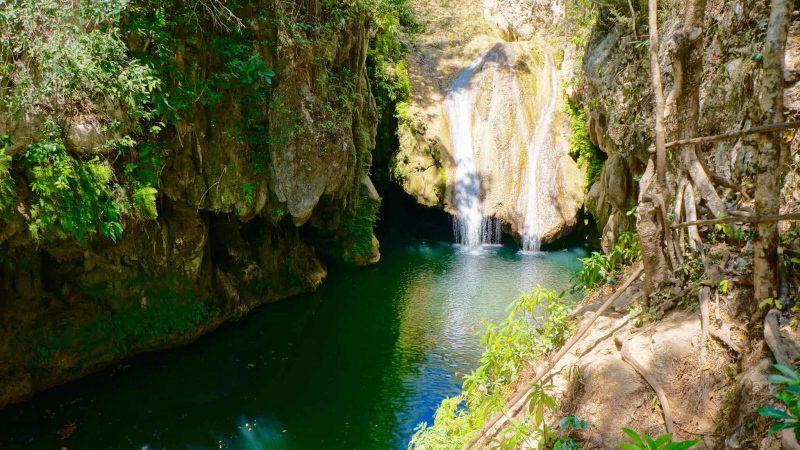
Parque El Cubano
This site is the closest to Trinidad. According to the map, this site has a waterfall, swimming, camping, birdwatching, horseback riding, and a restaurant. A trail goes to the Mirador de Caribe, which is on the road to Topos de Collantes.
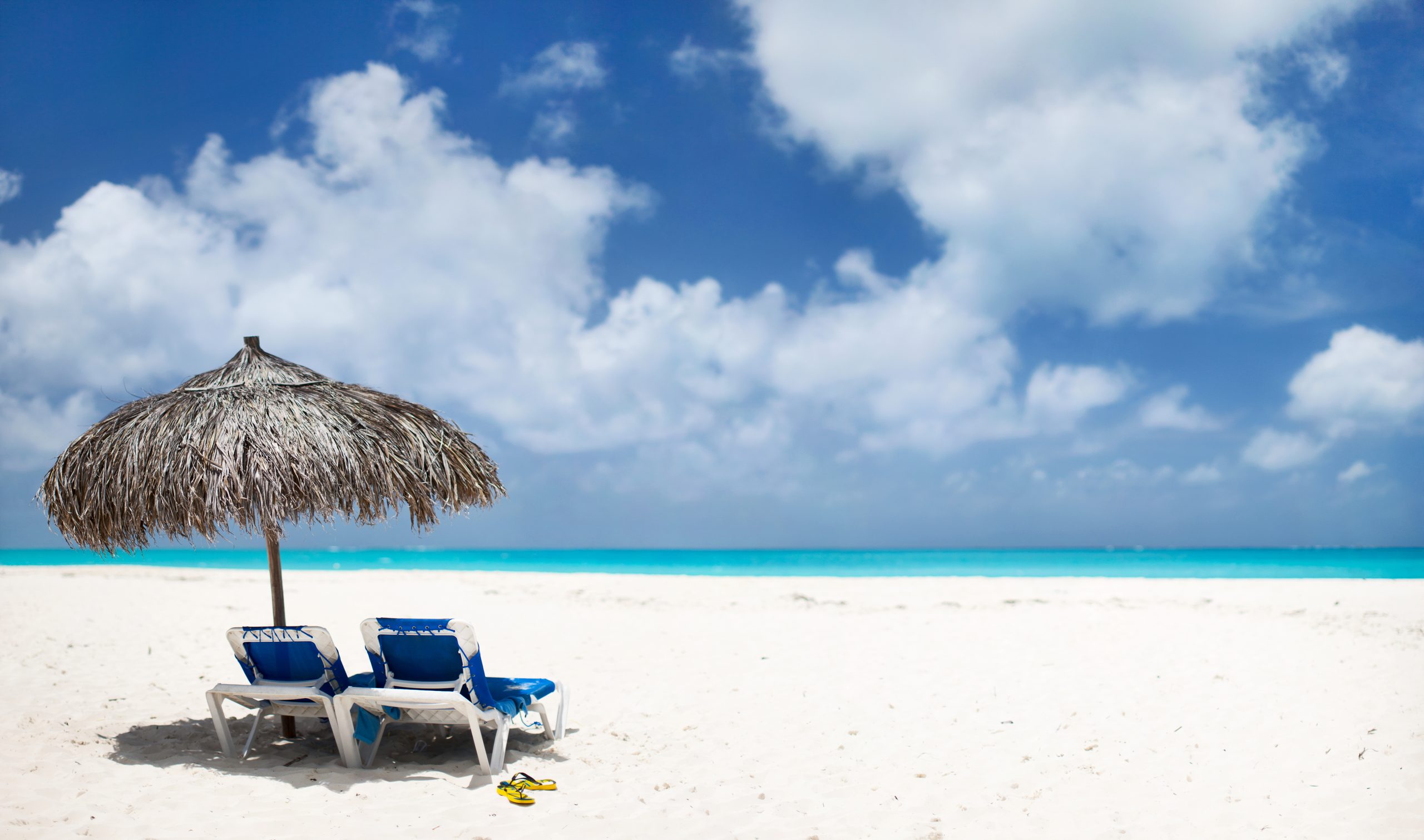
Playa Ancon (Trinidad)
A ribbon of white beach on Sancti Spíritus’ iridescent Caribbean shoreline, Playa Ancón is often considered as the finest arc of sand on Cuba’s south coast. The beach has three all-inclusive hotels and a well-equipped marina with catamaran trips to nearby coral keys. While it can’t compete with the north-coast giants of Varadero, Cayo Coco and Guardalavaca, Ancón has one trump card: Trinidad, Latin America’s sparkling colonial diamond, lies just 12km to the north.
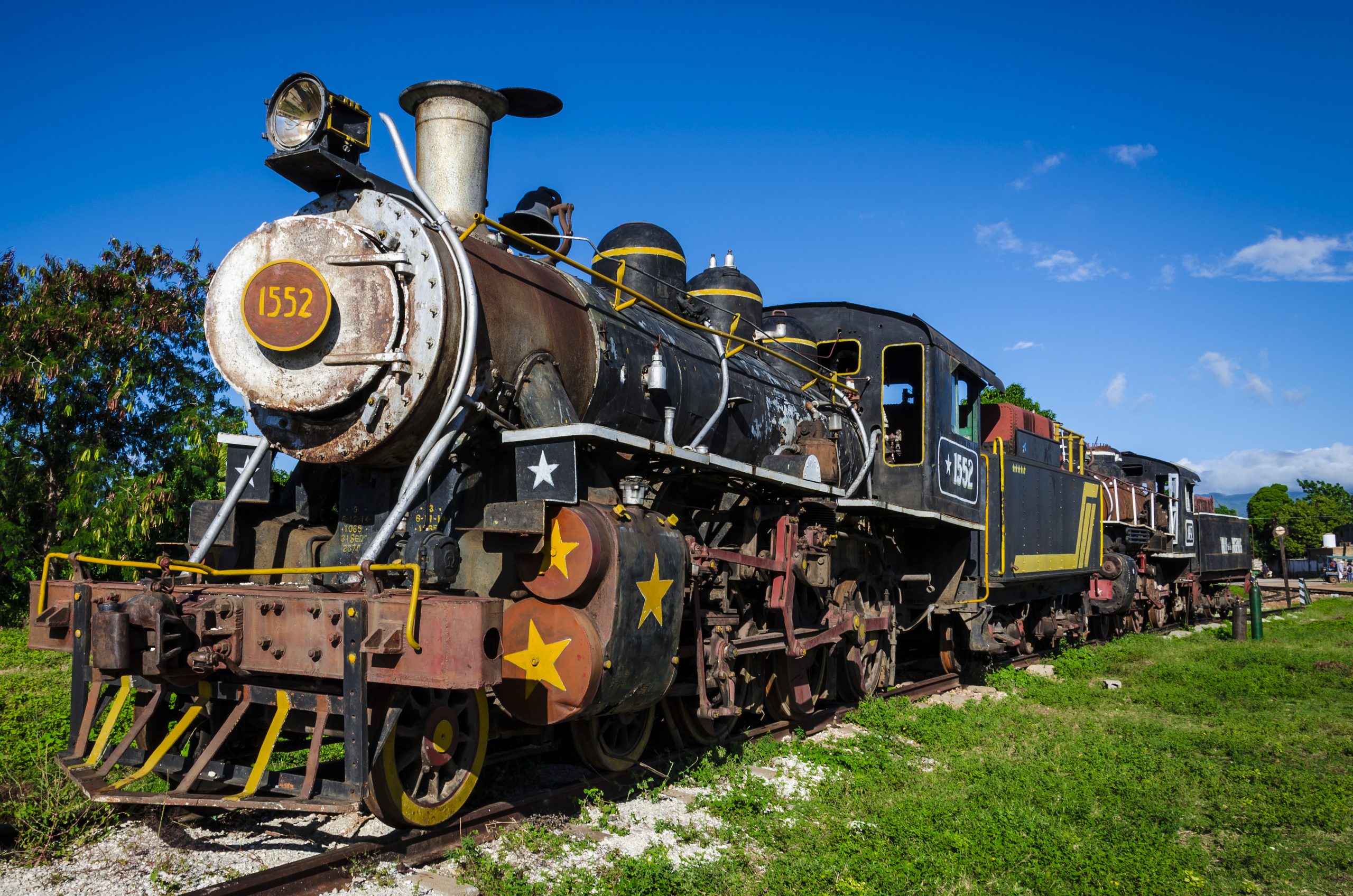
Manaca Iznaga Tower (Trinidad)
The 149-feet tower served as a lookout for watching over the slaves. Note the tower’s seven arched levels, which are a blend of square and octagonal shapes. Climb the dozens of steps that lead to the tower’s observation deck. Then admire the sweeping views of a picturesque countryside made up of farmland, forests, patchwork fields and the distant Escambray Mountains.
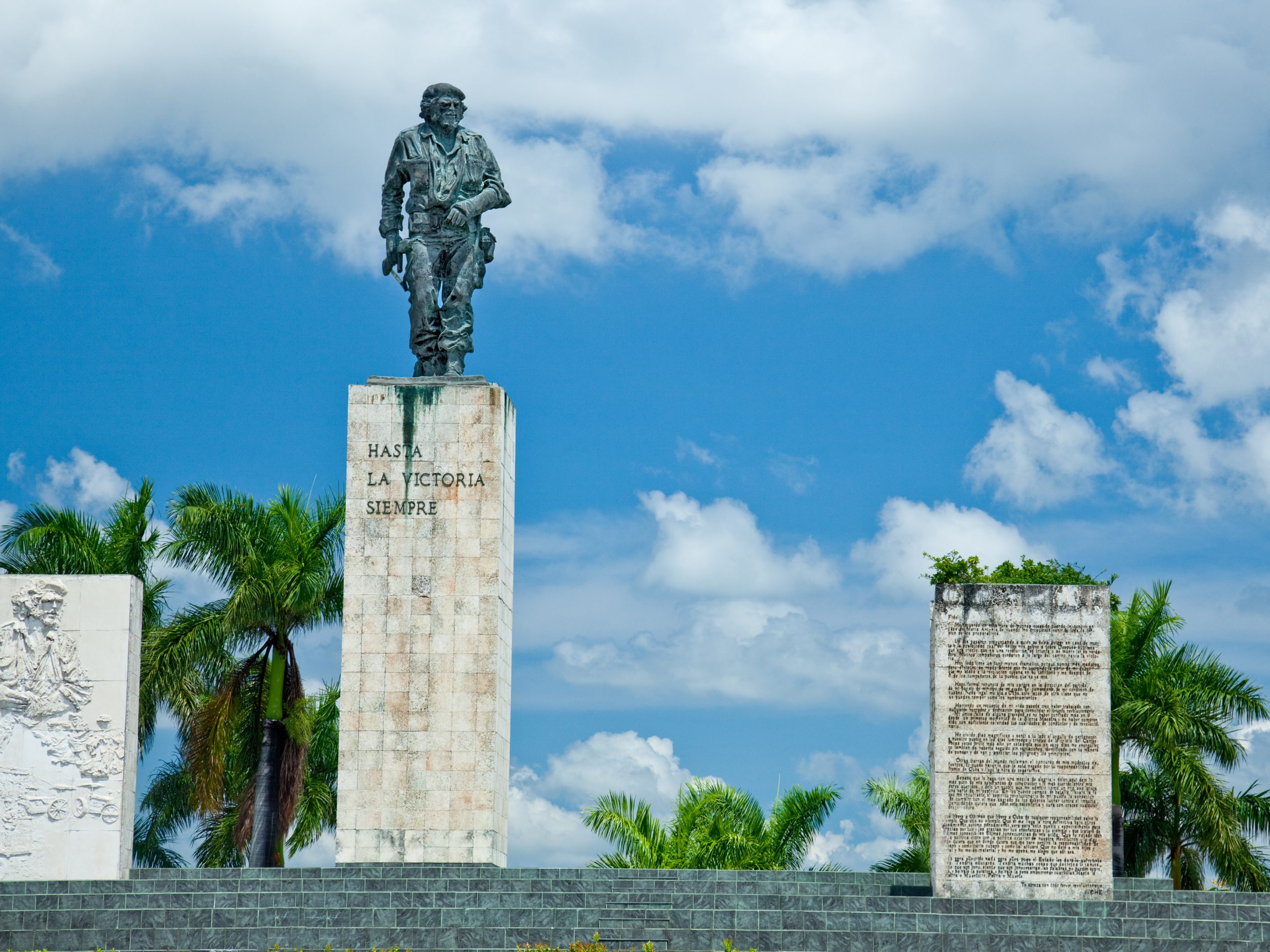
Santa Clara
Santa Clara, is Cuba’s 5th biggest city, that holds a special place in Cuba‘s revolutionary history. Famous for the Battle of Santa Clara. Santa Clara was taken over by a revolutionary battalion led by Che Guevara by the afternoon on New Years Eve 1958. It is seen as a decisive chapter in the revolution as President Batista escaped Cuba within 12 hours afterwards. As such this city is a mini pilgrimage destination for Che Guevara worshipers.
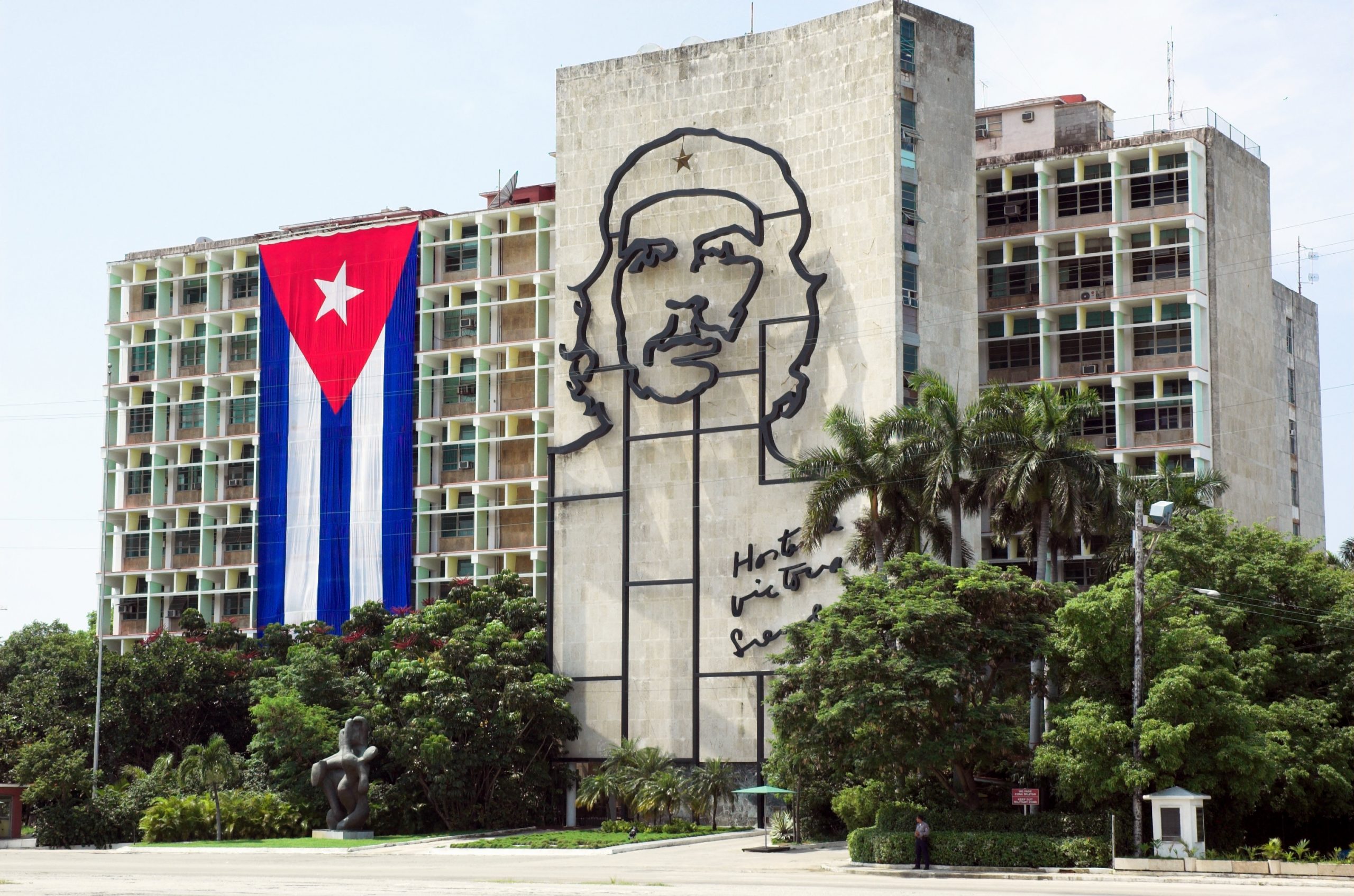
Plaza de la Revolucion (Havana)
The is the open space that is overlooked by a huge bronze statue of Che Guevara that sits atop the museum and the Che Guevara mausoleum that we will visit. It is nothing short of a big, bold reminder to every local and visitor of Che’s importance here.
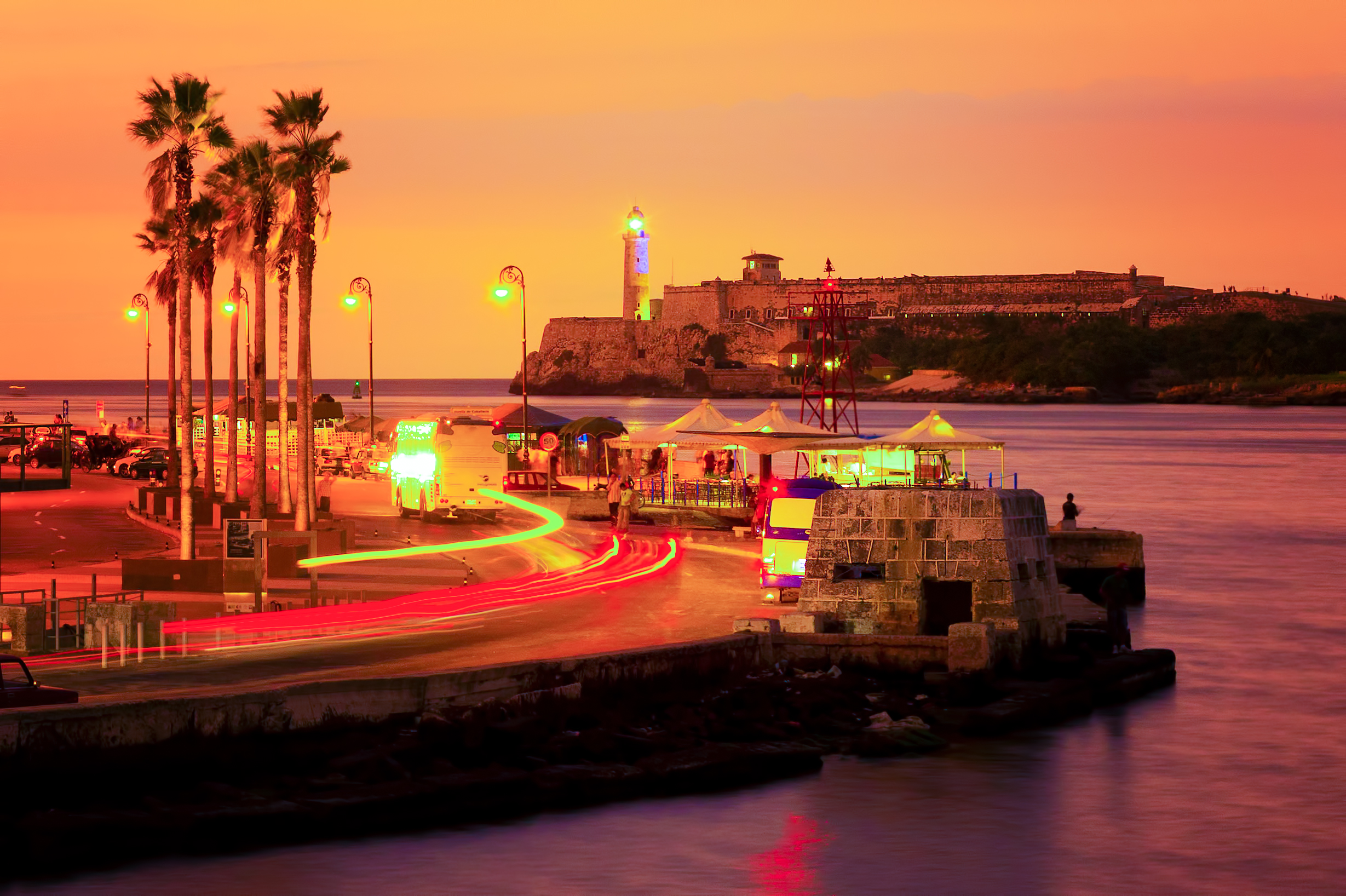
Malecon (Havana)
The Malecón is a broad esplanade, roadway, and seawall that stretches for 8 km (5 miles) along the coast in Havana, Cuba, from the mouth of Havana Harbor in Old Havana, along the north side of the Centro Habana neighborhood and the Vedado neighborhood, ending at the mouth of the Almendares River. New businesses are appearing on the esplanade due to economic reforms in Cuba that now allow Cubans to own private businesses.
It’s no secret that Cuba is a beautiful place with many iconic locations. From the sprawling city of Havana to the crystal clear waters off Playa Ancon, there are so many exciting things you can do in this country. When it comes down to capturing these places through your lens, knowing where to start can be hard! That’s why we’ve put together Cuba in Focus for you and your camera on our upcoming tour – join us and explore the this magnificent island up close with expert guidance. What are some of your favorite spots? Share them below.


